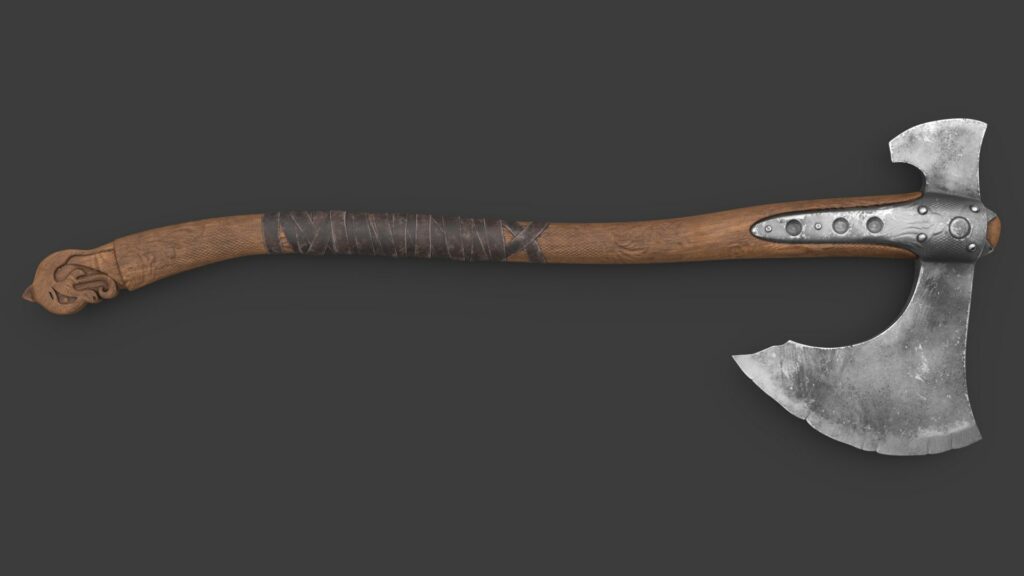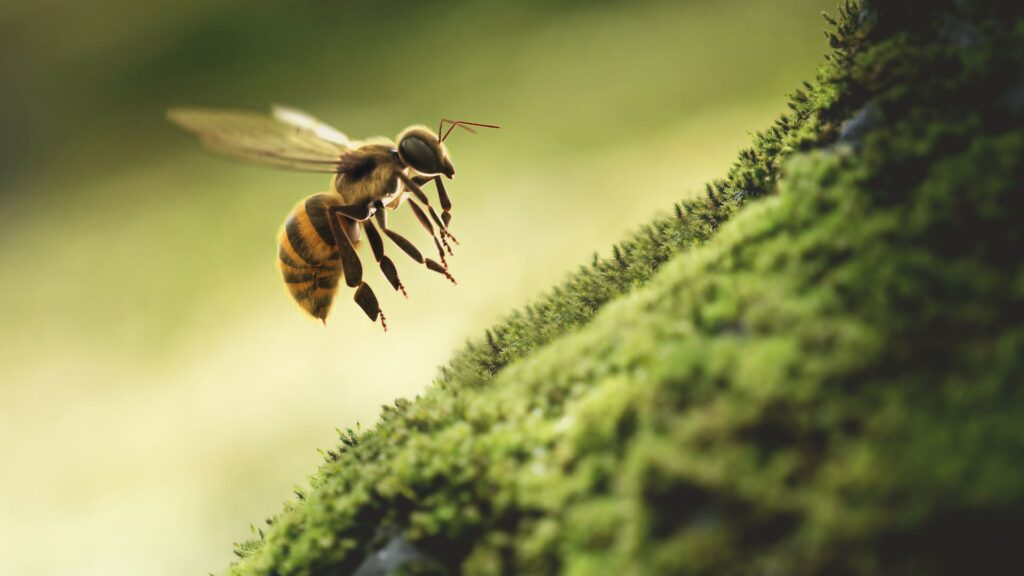While his inspirations may not be immediately evident at first glance, a closer look at ‘Dena business’ aka AhmadReza AfsharMoghadam’s 3D models on TurboSquid reveals a deep affinity for video games such as The Last of Us, Resident Evil, and A Plague Tale.
So, join us and learn how contemporary games and movies have influenced his remarkable environments, intricate insect designs, and detailed props.
What led you to become a 3D artist?
I fell in love with animation when I was a teenager and saw the first Toy Story movie. It was very difficult and expensive for my parents to buy me a computer, but two years later, I got a PC and started learning 3D software and graphic applications. In those days, I had no internet or YouTube to guide me and no one to teach me, so I had to learn everything myself.
Many of the models on your store page are real-world objects. What inspires you to work on items like medieval weaponry and modern-day backpacks?
In addition to being a 3D artist, I’m also a gamer, so I’m very interested in modeling useful objects for games. I often try to make models in a variety of subjects to see how well they sell, then continue modeling more of them if they sell well. I think it’s nice to model for games and recreate real-world objects.


Are there any other places you look for artistic inspiration?
My main interest is in VFX, so I always pay special attention to movies that have a lot of great visuals, things like Batman, Top Gun, Avatar, and Dune. I also get very inspired while watching animation, playing video games, and looking at the work of other artists. The animation work of Disney and Pixar always gets my creativity fired up.
How long have you used TurboSquid? Are there any hidden benefits to using it as an artist?
I’ve been using TurboSquid to buy models for over 12 years, but I’ve only been selling my own work for about four years. Selling on TurboSquid is perfect. There will be months where sales are through the roof and others where it’s steadier, but that’s any business. I’m satisfied with the marketplace as a place to make money from my creations.
What considerations do you make when selling your work on TurboSquid?
I always follow the basic rules set out by TurboSquid. Ever since I made sure my models met the criteria for CheckMate Pro and StemCell, sales have increased. In my opinion, how we present our models is as important as how we make them. High-quality renders from all angles are essential to selling products.

Can you tell us about your workflow for your 3D objects? Is the workflow any different than when you’re working on a fully 3D environment?
First, I create the model in 3ds Max and add details in ZBrush. Then I take it to Substance Painter and texture it with the PBR (Physically Based Rendering) workflow. If the model is a character or organic model, I rig and animate it in 3ds Max. Finally, I use the V-Ray render engine to give my work a high-quality finish.
Your insect models are interesting to look at closely. Are there any techniques a beginning 3D artist should use to give them such a realistic look?
To make insects, I spend a lot of time watching anatomy and macro videos of insects on YouTube, I advise all 3D artists to study their subjects like this. After watching videos and gathering references, I start my usual workflow. It’s very important to have a lot of highly detailed references. Once you’ve finished working in your 3D modeling software, rig it with bones, skin it, animate, and then render it with your favorite engine for an added sense of realism.

Do you have a favorite trick or technique that makes your work feel truly unique?
I don’t consider my work unique, there are still many things for me to learn. But the feeling of satisfaction that I get after completing a project is amazing. There are no particular tricks beyond my work, but my technique is always to pay attention to the details.
What advice would you give new artists that want to follow in your footsteps?
Don’t stop trying to reach new heights with your work. Try to keep yourself up to date with the latest tools for 3D art, new software is released every single day and we have to master them if we want to stay on top of our game.
Want to sell your models on TurboSquid?

